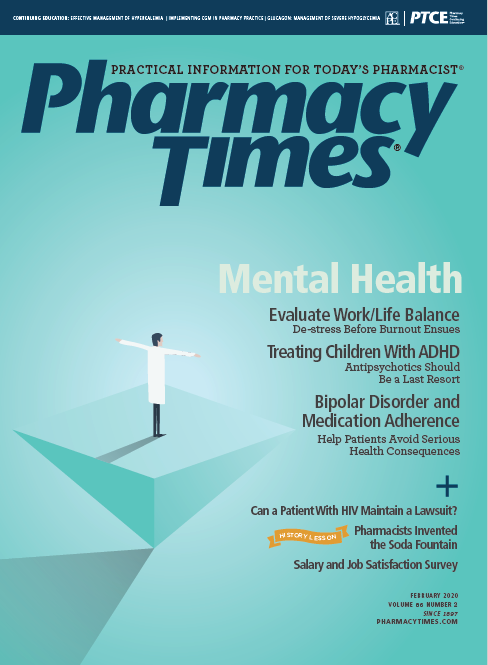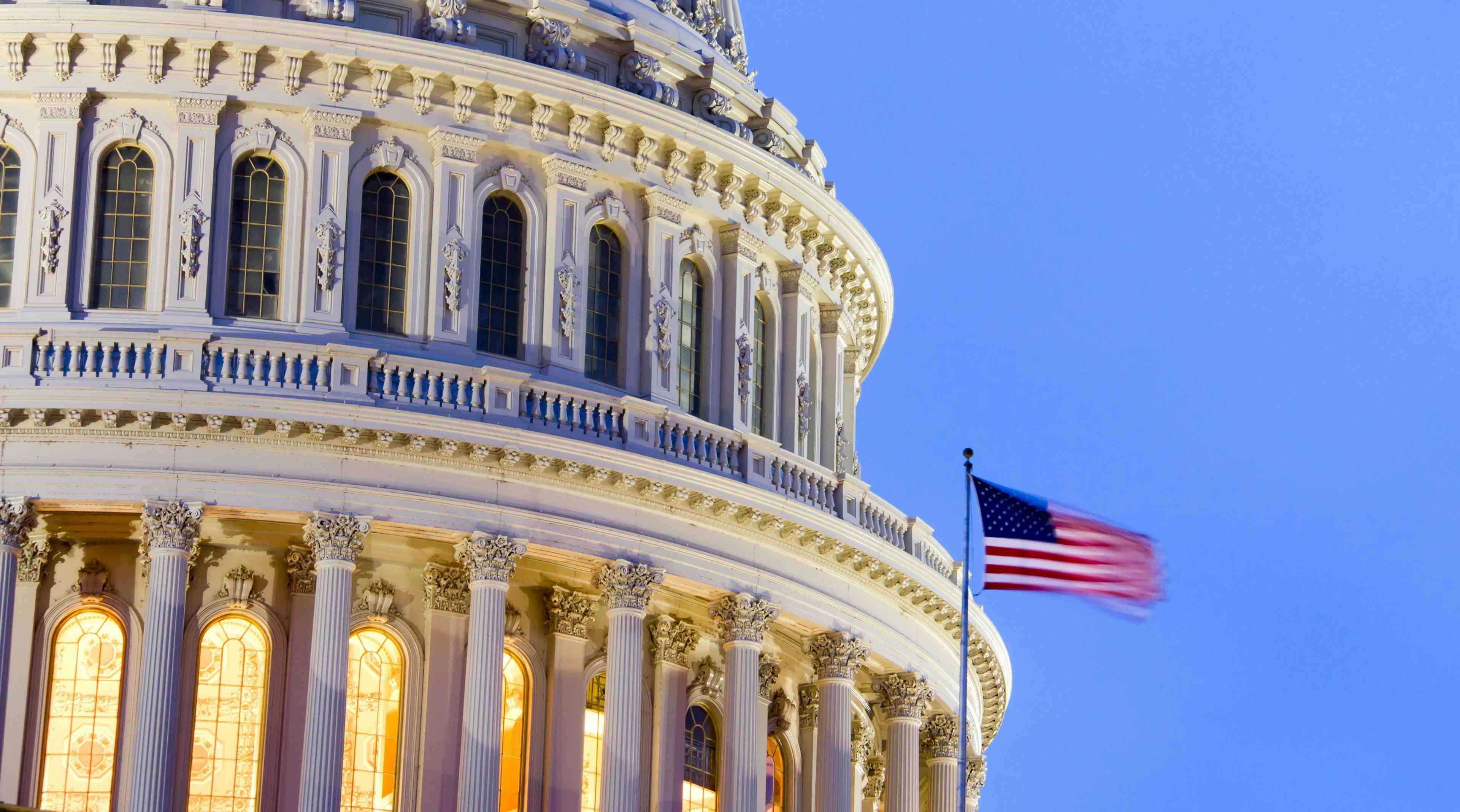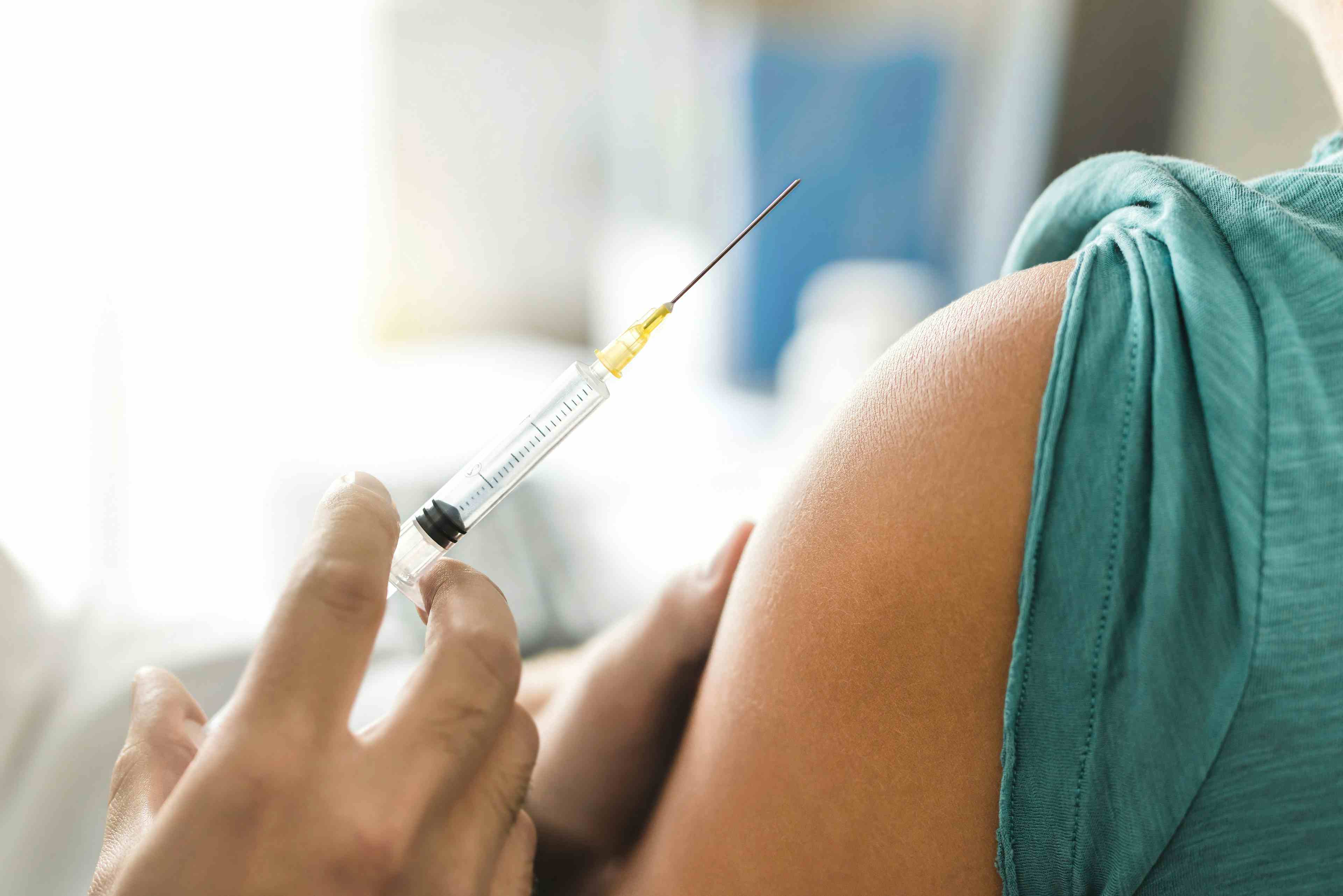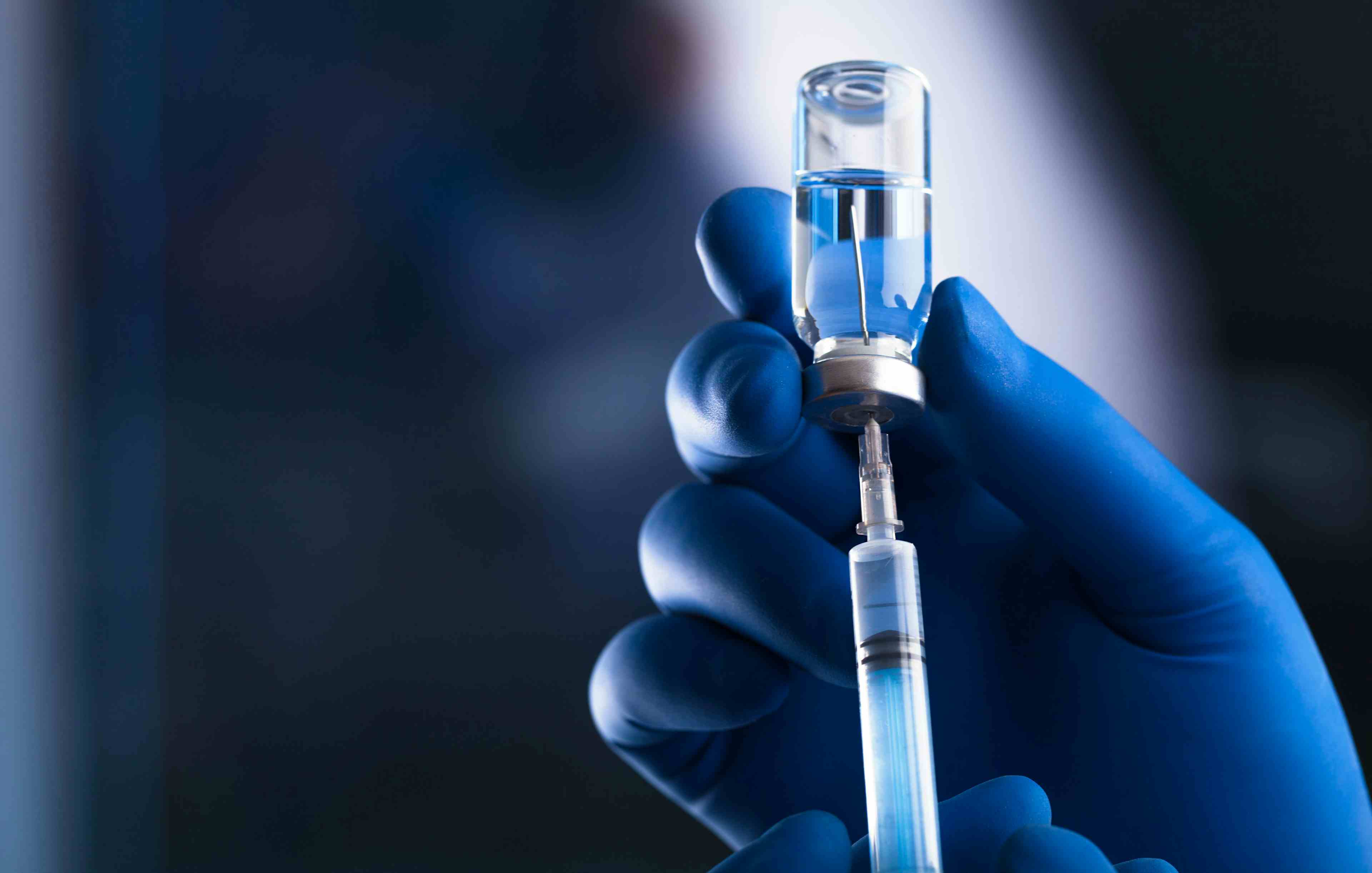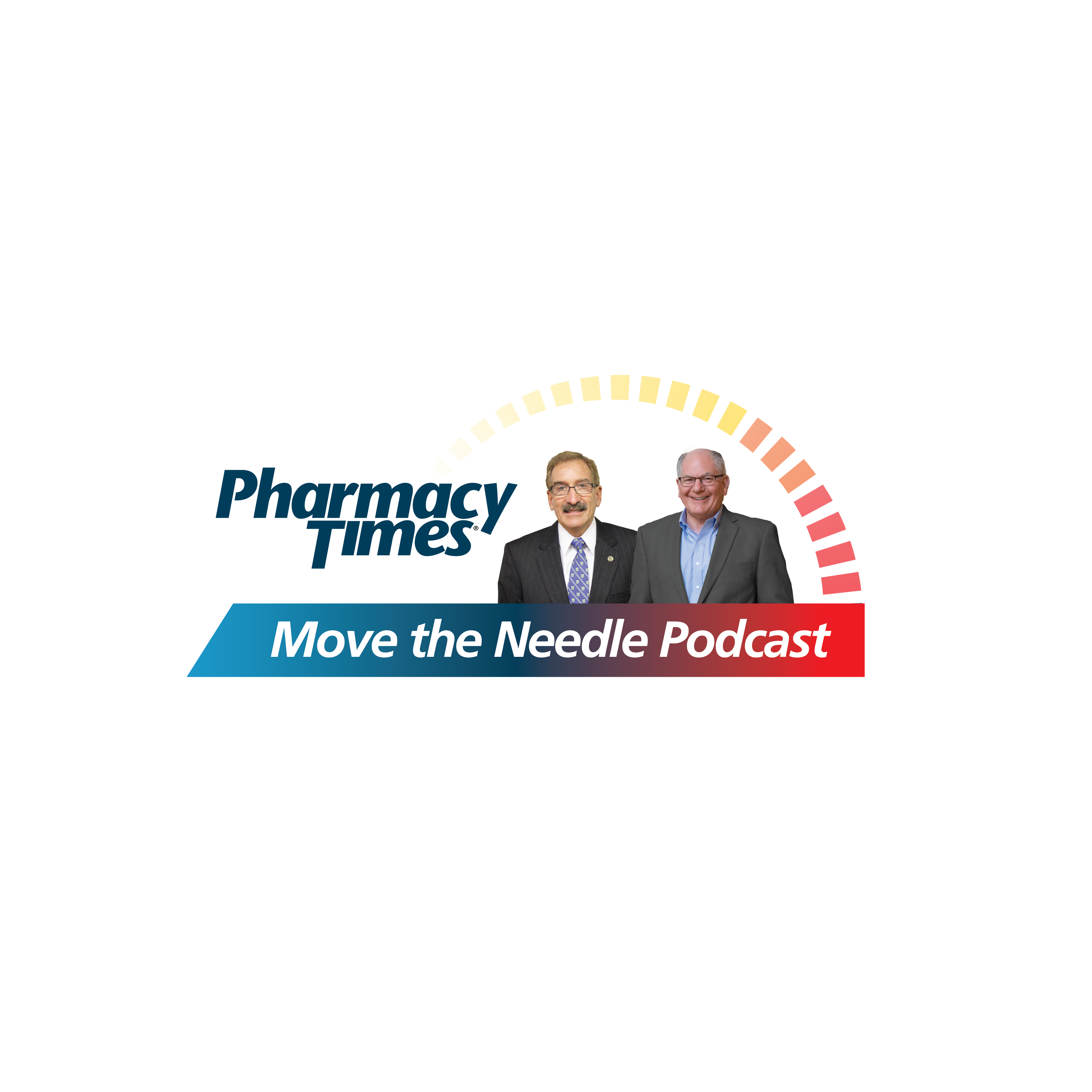Publication
Article
Pharmacy Times
Vaccinations Save Lives
Next to clean water, the measles is the most effective public health intervention of all time.
Many people may not have heard yet, but 6000 people have died in the Democratic Republic of the Congo (DRC) from a highly contagious virus over the past year.
A total of 310,000 have fallen ill there, and public officials are worried the situation could become worse. The disease is so contagious that if 1 person has it, up to 90% of the people close to that person who are not immune will also become infected.1 The disease results from a virus that is spread by coughing and sneezing, which can suspend itself and live in midair for up to 2 hours. The virus can be spread quite easily by infected individuals who travel by air, bus, or train, and it can jump borders and geographies. However, we have not heard much about the outbreak here in the United States. Why?
REMEMBER THE 2014 EBOLA OUTBREAK
Unfortunately for the DRC, another separate virus commonly emanates from within its borders. The Ebola virus is also deadly and highly contagious. An Ebola outbreak has occurred in Central Africa roughly every year and a half for the past 4 decades. There is an outbreak of Ebola now that has touched both the DRC and Uganda but has been limited to a few cases.
However, back in 2014, the virus jumped to West Africa and infected nearly 30,000 people. Most people are much more likely to have heard of that year’s outbreak, as it was on the US nightly news nearly every night for months. Why? Because it hit US shores. Four cases showed up in the United States, with 1 person dying, and the World Health Organization declared the outbreak a public health emergency of international concern.2 Almost everyone stateside had a collective freak-out.
WHY AREN'T WE HAVING THE SAME COLLECTIVE FREAK-OUT NOW?
If you have not already guessed, measles is the virus responsible for taking 6000 lives, mostly of children, in the DRC this past year. So, why aren’t we reacting like we did when Ebola reached those numbers in 2014? It is likely because nearly 95% of us are vaccinated against the measles virus at a success rate of 97%. Because the vaccination provides
that level of coverage and the 95% threshold of community-level vaccination rate was achieved, the World Health Organization declared the disease eliminated in the United States in the year 2000.
Measles has not been at the forefront of consciousness in the United States for many years for good reason: It has not affected us until recently. Now, 10 states have vaccination rates in children that hover at around 90%, below the 95% level that epidemiologists think achieves community-level protection against the measles, and we can no longer declare the disease eliminated at home.
VACCINATIONS HAVE AWESOME EFFECTIVENESS
Most people do not wake up in the morning with anxiety related to polio or smallpox. As for influenza, we are still working on that, because the disease still kills about 30,000 Americans every year3 and many more when considering complications related to pneumonia and other conditions.
In the United States, we do not give even a passing thought to many diseases that cause terror in most of the developing world. Vaccines save an estimated 2 million to 3 million lives every year.4 Worldwide, the measles vaccination alone has been estimated to have prevented 23.2 million deaths since 2000.5 Increasing the worldwide measles vaccination
rate from 72% in 2000 to 86% has resulted in a 73% drop in annual deaths from the measles.5THE "NOTHING TO FEAR HERE" TALKING POINT SHOULD BE FEARED
Yet, more than 100,000 (again, mostly children) die of measles every year worldwide, and vaccination rates are falling in places, such as the United States, because of disinformation, lack of appreciation for the scientific method, and misinformation. Antivaccine advocates recently attempted to spread misinformation about the measles by characterizing the disease as harmless.
These advocates use rate of death (just 3 people have died in the United States from the measles since 2000) as their principal argument against the need to vaccinate and for the false assertion that the measles virus is harmless. In truth, 1 or 2 cases per 1000 will result in death, and 1 in 4 will result in hospitalization.6 That is much more harmful than a host of other diseases. Fortunately, we have benefited from the phenomena known as herd immunity, wherein the “herd” of 95% of us who have been vaccinated keeps the incidence of the disease so low that we struggle in the United States to reach the 1000 cases that statistically would result in 1 death.
HEALTH CARE PROVIDERS MUST TAKE RESPONSIBILITY
Health care providers have a responsibility to advocate, defend, and educate the public about vaccinations. They have access to valid information sources, social stature, and training to reduce diseases and illness and save lives. Pharmacists now have the privilege of ordering vaccinations and administering them.
Just as with social justice efforts, pharmacists’ responsibility goes beyond passive acceptance. Not arguing against vaccinations but participating in their delivery is not advocacy and education. Become educated about how to teach others and make it a part of the family holiday meal and your health care practice.
These are effective strategies to advocate for and educate about all types of vaccinations:
- Do not blame or chastise. Most parents and patients are not antivaccination advocates who spread misinformation. Nor are most trained in biological systems. It is in our human nature to question. Having concern for the health of our family and ourselves is a good thing. Try to understand where the concerns are coming from and address them.
- Educate about herd immunity. Individuals who do not get a recommended vaccination put those who cannot at risk. Population-level vaccination efforts help protect the minority of people who cannot receive vaccinations.
- Make it easy. Help eliminate cost barriers, reduce wait times, and use reminder systems.
- Recommend vaccinations. There is no need to dither or be mealymouthed. If the Advisory Committee on Immunization Practices recommends a vaccination, pharmacists should, too, strongly.
IF WE COULD TURN BACK TIME...
Just over half of teens in the United States are up-to-date with the human papillomavirus vaccination. This is a frustratingly low number, considering that the vaccine has the potential to reduce cervical cancer by 70% or more. The most frequent reasons given for not vaccinating are vaccine safety, danger to daughter, and provider nonrecommendation. I am not sure if I am more frustrated by the former or the latter cited reasons. If, after receiving a diagnosis of cervical cancer, patients were told that being able to get the 3-dose series would have reduced their chance of never getting the cancer in the first place, one wonders how many of them would have taken the offer. It also raises the questions of whether they would have been more likely to advocate for the vaccination knowing that everyone’s risk of infection is reduced if everyone is vaccinated.
But that is the challenge with prevention, isn’t it? Our natural predisposition is not to consider prevention important and timely until it is too late to prevent a disease. Once they receive a diagnosis, most anyone would have second thoughts about not getting vaccinated for any type of ailment or disease if they had the chance to go back in time.
THE NEED FOR ADVOCACY AND EDUCATION WILL ONLY GROW WITH INNOVATION
Vaccine innovation is not abating, and our efforts to advocate and educate will only grow. It is entirely possible that we will use vaccines or vaccinelike methods and administration techniques and injection schedules through both preventive and active care for many forms of cancer and perhaps even chronic conditions, such as diabetes or hypertension, over the next decade.
The challenge of broad-based population coverage of any preventive measure may not be the vaccine itself but, rather, a lack of appreciation of the power of public health and prevention efforts and the need for communicating vigilance when science is successful. Most everyone lined up quickly when the measles vaccination became available and when the public had an appreciation for what America without a measles vaccination looked like prior to 1963.
And Ebola? The thought of the virus coming to a nearby airport still freaks a lot of folks out, although we do not hear as much about the latest outbreak. Maybe that has something to do with scientists bringing an Ebola vaccine to market in December 2019. The vaccine was 100% effective in the “immediate” administration arm of its clinical trial(s).7
I am sure glad scientists are now hard at work on a vaccine for the coronavirus.
Thank you, science.#vaccinessavelives
Troy Trygstad, PharmD, PhD, MBA, is vice president of pharmacy programs for Community Care of North Carolina, which works collaboratively with more than 1800 medical practices to serve more than 1.6 million Medicaid, Medicare, commercially insured, and uninsured patients. He received his PharmD and MBA degrees from Drake University and a PhD in pharmaceutical outcomes and policy from the University of North Carolina. He also serves on the board of directors for the American Pharmacists Association Foundation and the Pharmacy Quality Alliance.
REFERENCES
- Transmission of measles. CDC website. cdc.gov/measles/transmission.html. Updated February 5, 2018. Accessed January 29, 2020.
- 40 Years of Ebola virus disease around the world. CDC website. cdc.gov/vhf/ebola/history/chronology.html. Updated October 15, 2019. Accessed January 29, 2020.
- Disease burden of influenza. CDC website. cdc.gov/flu/about/burden/index.html. Updated January 20, 2019. Accessed January 29, 2020.
- Immunization coverage. World Health Organization website. who.int/en/newsroom/fact-sheets/detail/immunization-coverage. Updated December 6, 2019. Accessed January 29, 2020.
- Measles. World Health Organization website. who.int/news-room/fact-sheets/detail/measles. Updated December 5, 2019. Accessed January 29, 2020.
- Measles data and statistics. CDC website. cdc.gov/measles/downloads/measlesdataandstatsslideset.pdf. Updated April 16, 2019. Accessed January 29, 2020.
- First FDA-approved vaccine for the prevention of Ebola virus disease, marking a critical milestone in public health preparedness and response [news release]. Silver Spring, MD: FDA; December 19. www.fda.gov/news-events/press-announcements/first-fda-approved-vaccine-prevention-ebola-virus-disease-marking-critical-milestone-public-health. Accessed January 29, 2020.
